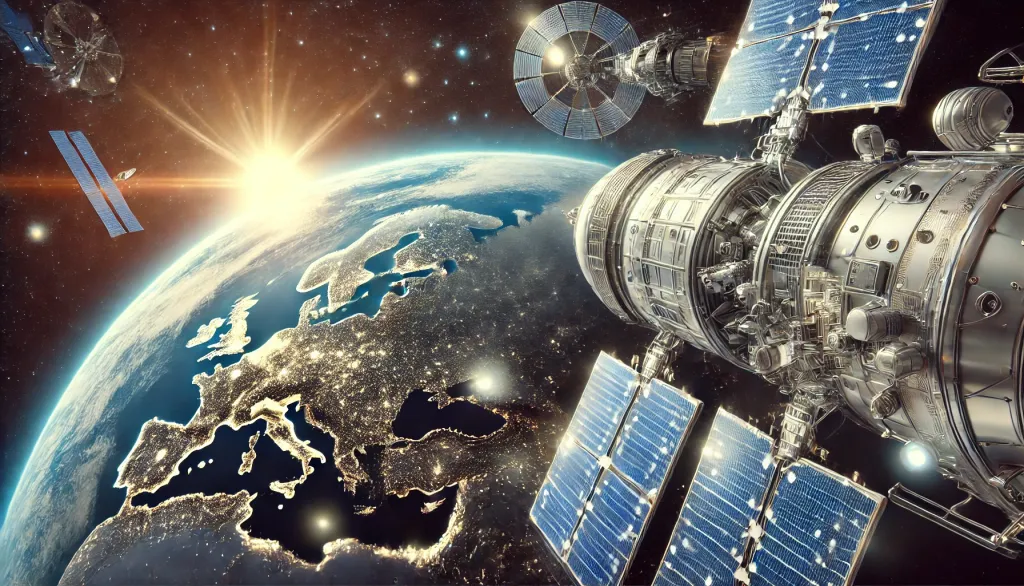Silver in Space
How It Supports Astronauts and Exploration
Space
2025-01-06 Last Updated on: 2025-01-10

Silver, often celebrated for its beauty and value, is also vital in space exploration. Its unique properties, including high conductivity, durability, and antimicrobial capabilities, make it indispensable in outer space's harsh and demanding conditions. Silver quietly plays a critical role in humanity’s journey beyond Earth, from spacecraft systems to life support technologies.
Silver in Spacecraft Systems
One of silver’s most important contributions to space exploration lies in its exceptional electrical conductivity. Spacecraft have complex electrical systems that control everything from propulsion to communications. Silver-coated wires and connectors ensure efficient and reliable energy transfer, which is crucial for spacecraft to operate without failure.
Silver is also used in solar panels, a primary energy source for most spacecraft. Silver paste is essential in photovoltaic cells, which convert sunlight into electricity. Silver’s efficiency in conducting electricity allows these solar panels to generate maximum power while minimizing weight—a critical factor in space travel.
Silver in Thermal Management
Space presents extreme temperature fluctuations, from direct sunlight's searing heat to shadowed regions' freezing cold. Silver-coated surfaces are often used in thermal control systems to regulate these extremes. These coatings effectively reflect heat, helping to maintain stable temperatures inside spacecraft and on delicate instruments. This ability to reflect and dissipate heat makes silver an ideal material for the exteriors and interiors of spacecraft.
Life Support and Water Purification
Astronauts in space rely on closed-loop life support systems to recycle air and water. Silver’s natural antimicrobial properties are essential in these systems, ensuring that water remains clean and safe for drinking over extended periods. In many spacecraft, silver ions purify water, replacing chemical alternatives like chlorine, which can degrade and leave harmful by-products.
NASA and other space agencies have also adopted silver-based filtration systems in their spacecraft designs. For instance, the International Space Station (ISS) uses silver-ion water purification to ensure astronauts can access potable water, reducing the need to transport large quantities of drinking water from Earth.
Antimicrobial Protection
Preventing the growth of bacteria and other microorganisms in a spacecraft's confined and sterile environment is critical. Silver’s antimicrobial properties make it ideal for coating surfaces and equipment astronauts use. Silver helps maintain a clean and safe environment, from food containers to medical instruments, reducing the risk of illness during long-duration missions.
Future Applications
Silver's role is expected to expand as humanity plans more ambitious missions, including lunar bases and manned trips to Mars. With the growing emphasis on sustainability and recycling in space, Silver’s ability to purify water and maintain clean environments will remain invaluable. Furthermore, its role in solar energy systems will be critical for powering habitats and equipment on distant worlds.
Silver may not garner as much attention as rockets or robotics, but it’s a true unsung space exploration hero. Its unique properties enable astronauts to survive and thrive in space, powering technologies that make interplanetary travel possible. As humanity continues to push the boundaries of space exploration, silver will undoubtedly remain a cornerstone of our success.
